Aside being the first African Country to successfully transition into democracy from dictatorship, there are a lot of interesting facts about Benin you need to know.
Benin Republic is a west African country bordered by Togo to the West, Nigeria to the East, Burkina Faso to the Northwest and has Niger on its East. It is a French speaking country just like Most of the countries in North Africa such as Morocco, Algeria, Tunisia, etc.
There are over eight ethnic groups in Benin. They are Fon, Yoruba, Bariba, Fula, Dendi, etc. Also, there are three major religion in the country; Christianity, Islam and Traditional faiths taking a huge chunk of the population.
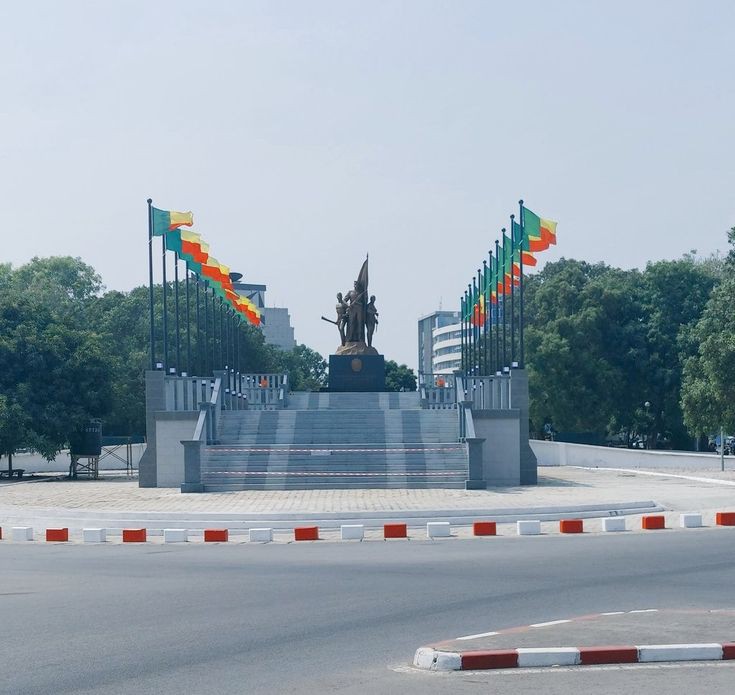
Here Are 12 Interesting Facts About Benin You Need To Know;
History Of Slavery
The portuguese was the first to explore the coast of Benin in 1472 but did not begin slave trading until 1553. During the 17th century, European countries like England, France, Netherlands and others also took part in the trade.
The principal export before the mid-19th century was always slave. The volume of slave exports was small at the beginning but the volume increased magnificiently in the second half of the 17th century when the area became know to the Europeans as the “slave coast”. Consequently, the slave coast became the hotspot for slave trade for centuries.
However, slavery still remains an endemic in the country till date even though it is not at the barbaric levels of the Europeans.
In Benin, it is common for parent to sell their kids to domestic servitude. Some blame this modern-day slavery on poverty and high ferility rates in the country. Others see it as a mindset and cultural problem from inception.
However, it is dehumanizing as children are robbed of their humanity and prospects for a better life.
Home To Fulani Herders
Fulani Herders is a surprising facts about Benin. It is home to the world’s largest and most widespread namadic pastoralist commnunity. The fulani people are about 25 million in total.
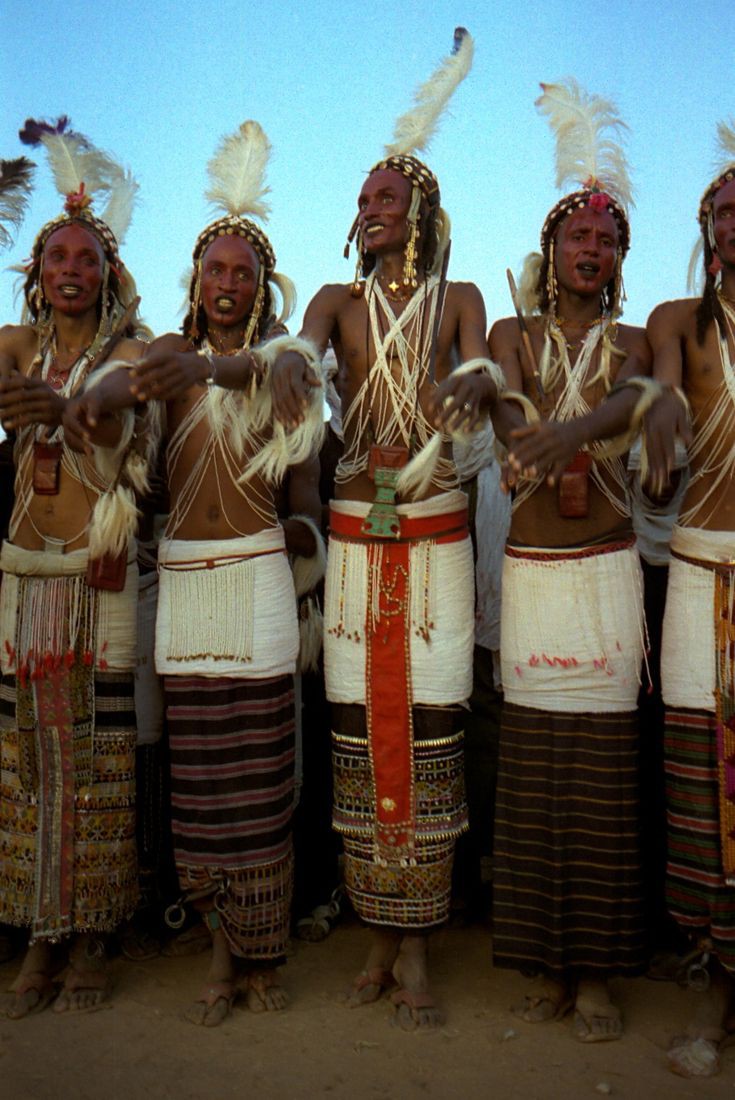
They are found in 17 countries of West and Central Africa. The Fulani people mostly practice Islam, although some of them have become agrarian.
Port Novo
This is the capital and second largest city of Benin republic. It has a commune which covers an area of 110 square kilometres. The capital is located on an inlet of the Gulf of Guinea, in the country’s Southeast.
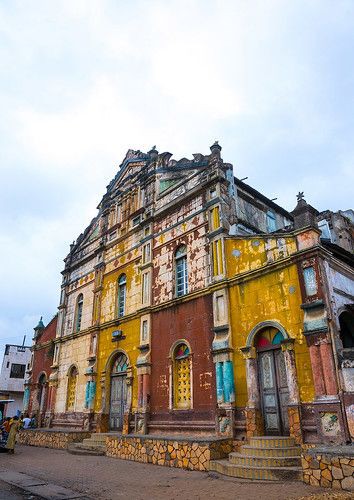
Port Novo was originally developed as port to aid the transatlantic slave trade led by the Portuguese Empire. This is where the National Legislature sits.
Dahomey Kingdom
In the early 17th century, the kingdom of Dahomey was developed on the Abomey plateu amongst the Fon people. It expanded to the South in the 18th century to conquer Whydah, a key city on the Atlantic coast. This gave Dahomey kingdom access to the tricontinental triangular trade.
After it eventually ended the tributary status to the Oyo Empire, the kingdom of Dahomey became a key regional state in West Africa. As a result, Europeans started visiting and extensively documenting the kingdom and this led to its popularity among the Europeans.
The Dahomey kingdom was an important regional power that had its domestic economy built on conquest and its success on slave labour.
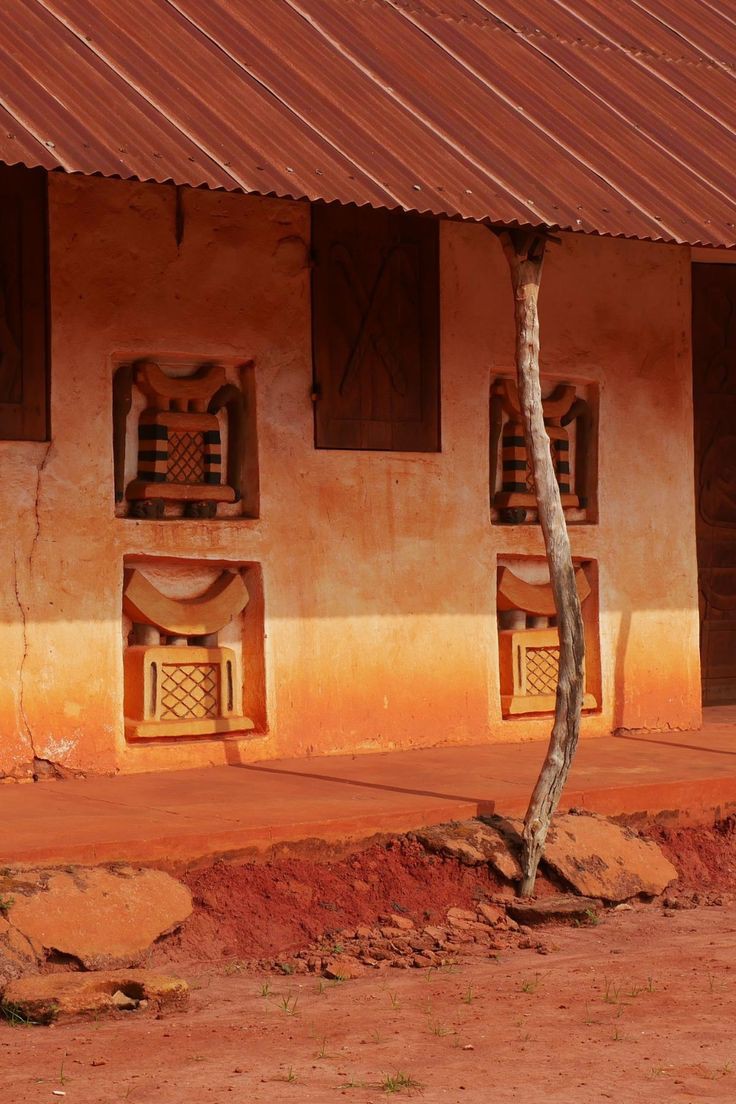
Furthermore, Dahomey kingdom was known for its artworks and the all-female military unit called the Dahomey Amazons. It was a highly militaristic society constantly and consistently organised for warfares. The kingdom is also popular for its elaborate practicing of voodoo.
The rise in the Atlantic slave trade led to the exponential growth of the Dahomey kingdom. This was because it became the major suplier of slaves to the Europeans. The Dahomey kingdom engaged in wars and raids against neighbouring nations and sold captives for European goods such as fabrics, rifles, gunpowder, alcohol, etc.
While the other captives that didn’t make it into the Atlantic slave trade became slaves in the land and were even used in human sacrifices during festival celebrations.
In the 1840s, Dahomey began to face decline with British pressure to eradicate slave trade. They also started having disputes with France which led to the First Franco-Dohemean war in 1890, resulting in the French victory.
Four years later, the kingdom finally fell when they were defeated in the second war against France. This defeat led to them being colonized by the French. In 1960, they gained independence and have its name changed to Benin in 1975.
Benin Cuisines
One of the interesting facts about Benin is the various foods it has. Because of Benin’s Unsual shape, the cuisines differs across the regional zones in the country. Corn is seen as the most important food in the south, while yam is for the north. These mentioned starchy foods are cooked down to a mushy level and eaten with fingers.
The national dish of Benin is kuli-kuli, which is deep-fried ground peanuts. Meat is usually quite expensive in Benin. Due to the poverty in the country, a few percentage of the population can’t afford it. As a result, meals are usually high in vegetable fat. Beninois are faily known with sea foods.
Aside corn, yam and peanuts, the main food crops in Benin are cassava, rice, citrus, fruits and cashews.
Pendjari National Park
Another interesting facts about Benin are the wildlife and the Pendjari River. The Pendjari National Park is situated in the North Western part of Benin, connecting the Arli National Park in Burkina Faso. The Pendjari National is named after the Pendjari River. The park has an area of 2,755 square kilometers and is part of the WAP (W. Arli-Pendjari), a large protected area in Benin, Burkinafaso and Niger.
Moreover, the national park is majorly known for its wildlife, as it is home to some of the few big games left. The African forest elephant, lion, hippopotamus, African buffalo and different species of antelopes across Africa. You can also view the hills and clifs in the Atakora range from the park.
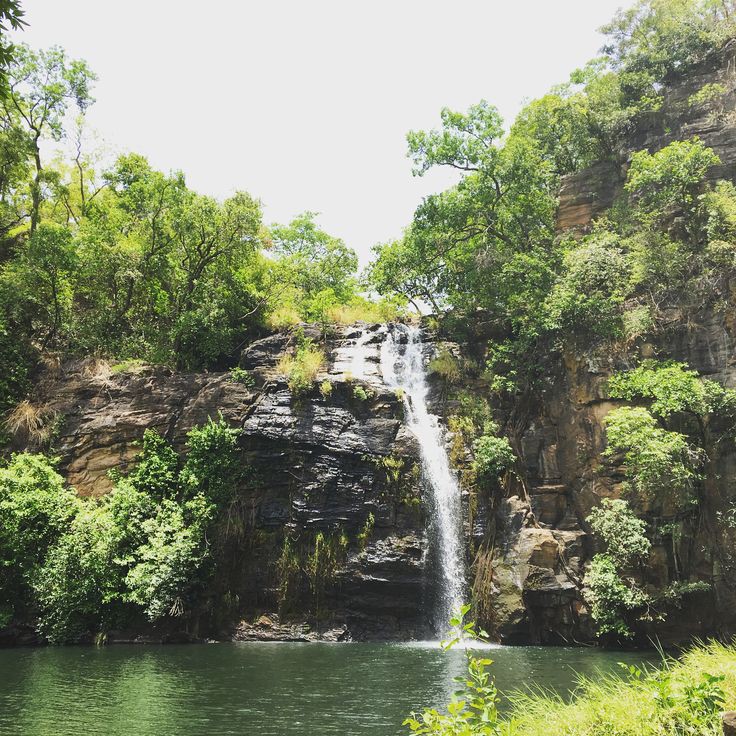
In March 2009, the Pendjari National Park was tentatively nominated for UNESCO’s World Heritage Site program. Eight years later, the park was officially inscribed in a UNESCO‘s World Heritage site as part of a transactional extention of the WAP complex.
An Open-air Market In Every Town
The open-air market is a common characteristics in towns and centers across Africa, Benin is no exception.
Open-air markets in Benin put out a lot of items for sale. They include woodcarvings, sculptures, ornaments, traditional instruments, voodoo fetishes, etc.
The Dantokpa market in Coutonou is the largest West Africa’s open-air market. It is popularly called “Tokpa” in the region. The market attracts customers from neighbouring countries.
Tokpa Market is not just a market for goods and services, it is a market of traditions and cultures. It is also a unique blend of tradition, culture and commerce in one place.
Voodoo Originated In Benin
The culture and practice of voodoo originated in Benin. The culture today has transcended beyond the West African country. Thousands of belivers and followers congregate in the seaside town of Whydala to celebrate National Voodoo Day.
About 65% of the population’s spiritual belief system is on voodoo. The voodoo being celebrated yearly has nothing to do with harming people, rather it’s all about making a positive impact on other lives. They carry out sacrifices through spiritual forces such as water, fire and earth. Animal sacrifices are also not exempted.
Carved Wood Masks
Wood carves in Benin are popular in the world because their wood works are authentic. Interestingly, it has been a tradition handed over from one era of generations to another for many centuries.
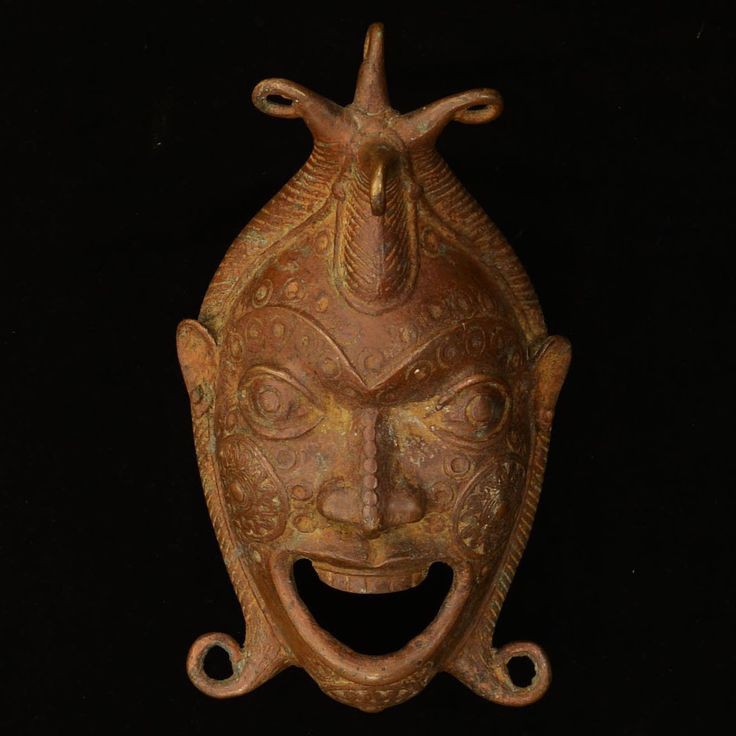
Benin wood carvings are globally recognized and are sold for huge money. However, their wood carvings are highy affordable locally as opposed to buying them on the international market. The country is also known for sculpting. They have great sculpture work based on ivory, bronze and other metals.
Bight of Benin
One too many facts about Benin is it being named after ‘Bight of Benin’. As this article mentioned, Benin stopped using Dahomey as its official name fifteen years after it gained independence. The change of name happened because the ‘kingdom of Dahomey’ represented just a small section of Benin society. So therefore, the word “Benin” was used as an unbiased representation of the entire country.
‘Bight of Benin’ is a crescent-shaped bay that stretches 640 kilometers covering the area between Nun outlet of the Niger River in Nigeria and Cape St.Paul in Ghana. ‘Bight of Benin’ has plenty of Scenia pristine beaches that serves as a great tourist attraction.
Venice Of Africa
Ganvie is Africa’s largest lake village and it is also a UNESCO World Heritage Site. Ganvie town was built on stilts in lake Nokoue about 5 centuries ago by people running away from being captured into slavery.
Many years down the line, the people of Ganvie have developed a working society with a network of over 3000 buildings which includes, hospitals, schools, banks, churches, mosques, etc. The people that live in Ganvie get around by boat and make use of underwater fencing to corral and for aquatic farming.
One Of The Youngest Population In The World
Due to its high fertility rates and the fact that there is an average of five children per woman, 65% of Benin’s population is below the age of 25.
Conclusion
Benig a poor and small country doesn’t take away the fact that Benin Republic is a wonderful place to be.







